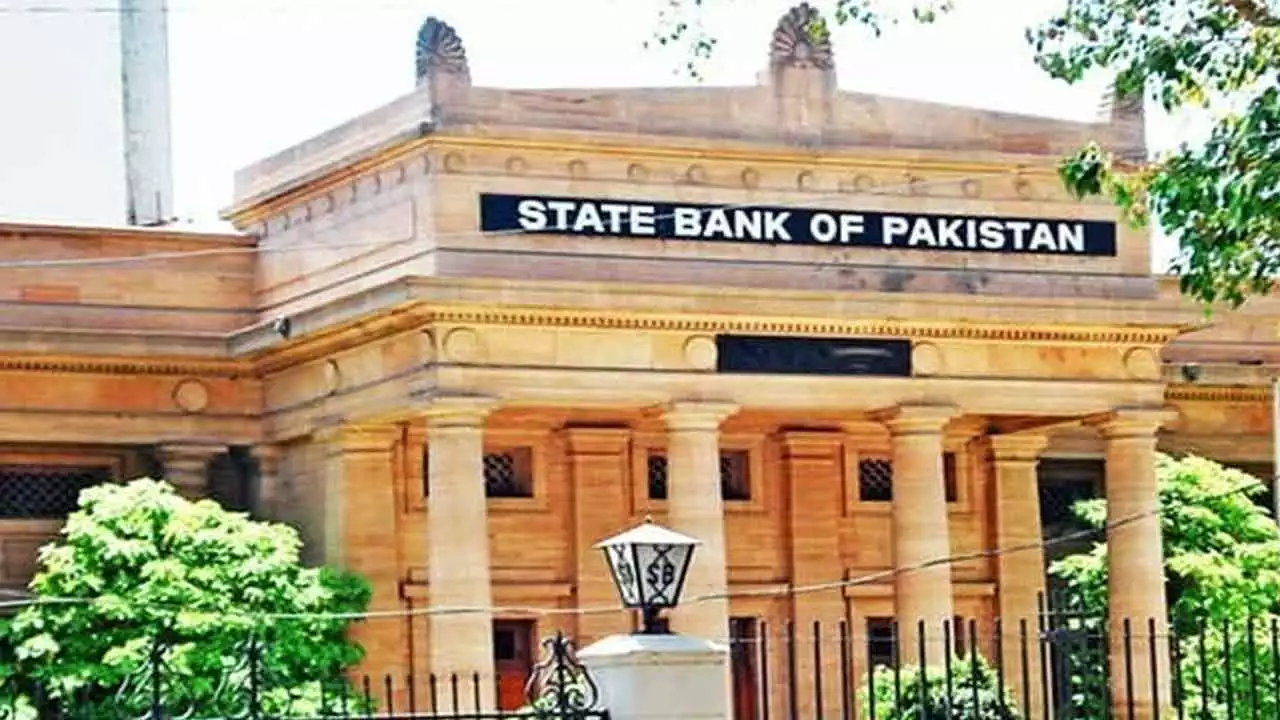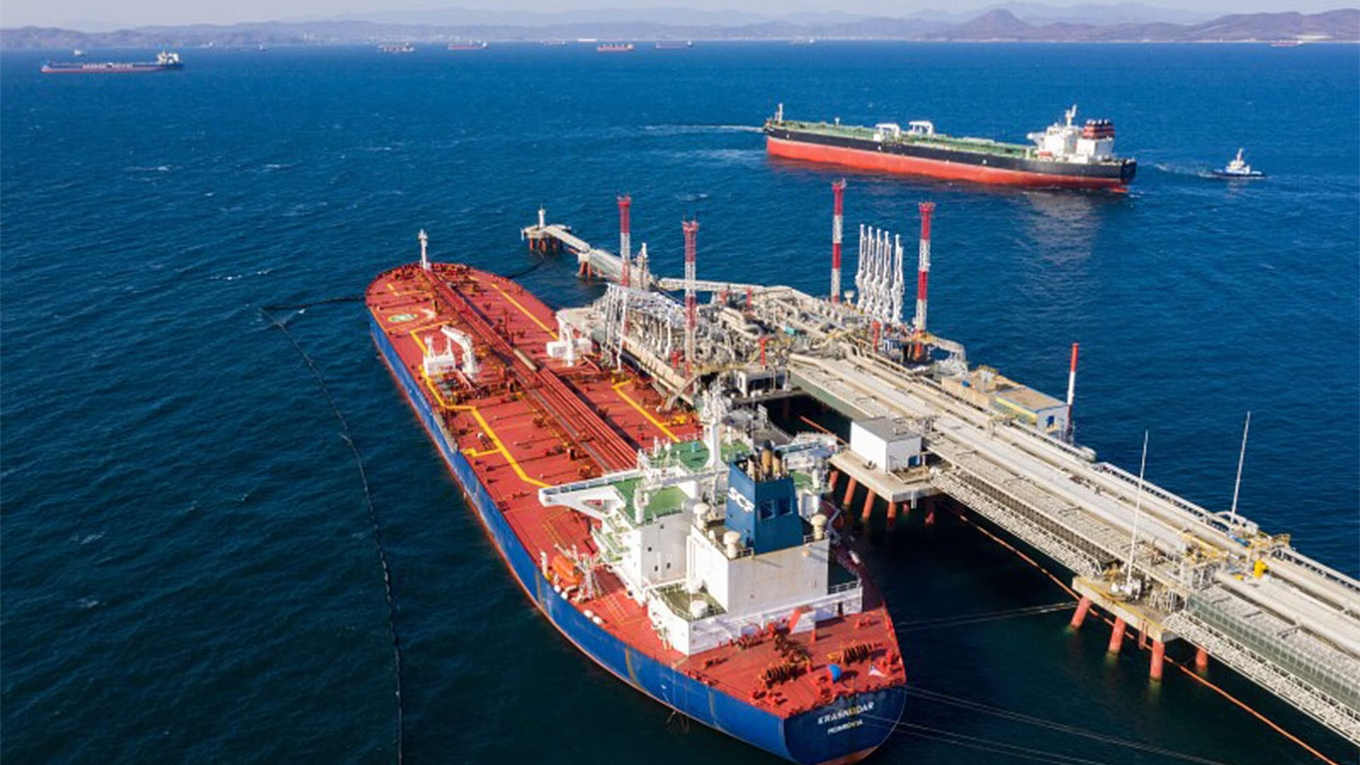In a comprehensive overview provided by the Ministry of Finance, notable shifts and developments have emerged in Pakistan’s fiscal landscape during the first nine months of the current financial year. From tax collection to expenditure patterns, key indicators shed light on the nation’s economic trajectory and government spending priorities.
One of the standout trends is the remarkable surge in tax collection on petroleum products, registering a staggering 98% increase compared to the same period last year. The tax collection figure soared to 719 billion rupees, marking a substantial rise from the 362 billion rupees recorded in the previous year. This significant uptick underscores the government’s efforts to bolster revenue generation from petroleum-related sources, reflecting a strategic approach to enhancing fiscal sustainability.
Simultaneously, pension payments witnessed a notable uptick, surging by 46% to reach 710 billion rupees during the nine-month period. This increase highlights the growing financial obligations towards retired government employees, signaling the imperative of managing pension liabilities effectively to ensure long-term fiscal stability and welfare commitments.
Moreover, government administration expenses experienced a considerable uptick, rising by 31% to reach 518 billion rupees. This expansion underscores the government’s investment in strengthening administrative capacity, facilitating effective governance, and ensuring the smooth functioning of public institutions. The increase in administrative expenditure reflects a commitment to enhancing institutional capacity and service delivery mechanisms to meet evolving socio-economic needs.
Conversely, provincial expenditure on public sector works witnessed a notable growth trajectory, with a 23% increase recorded, amounting to 888 billion rupees. This surge underscores the provincial governments’ focus on infrastructure development, public service delivery, and socio-economic advancement initiatives. The rise in expenditure on public sector works reflects a concerted effort to address infrastructure gaps, stimulate economic activity, and enhance the quality of life for citizens across the provinces.
Overall, these fiscal trends underscore the dynamic nature of Pakistan’s economic landscape and the government’s multifaceted approach to fiscal management and public expenditure. While increased tax collection on petroleum products signifies efforts to diversify revenue sources and enhance fiscal resilience, rising pension payments underscore the importance of addressing demographic challenges and ensuring financial sustainability in the pension system.
Similarly, the uptick in government administration expenses highlights the significance of investing in institutional capacity-building and governance reforms to drive efficient public service delivery and policy implementation. Concurrently, the growth in provincial expenditure on public sector works reflects a commitment to infrastructure development and socio-economic progress at the regional level.
As Pakistan navigates through evolving economic challenges and opportunities, prudent fiscal management and strategic allocation of resources will be paramount in achieving sustainable development, fostering inclusive growth, and advancing the nation’s socio-economic objectives. By leveraging fiscal policy as a tool for economic transformation and development, Pakistan can chart a path towards prosperity and resilience in the years ahead.



